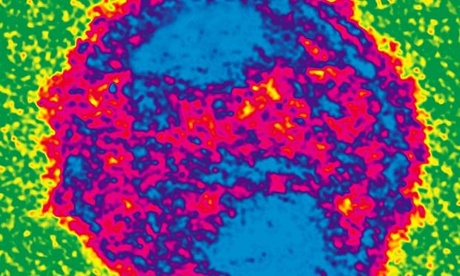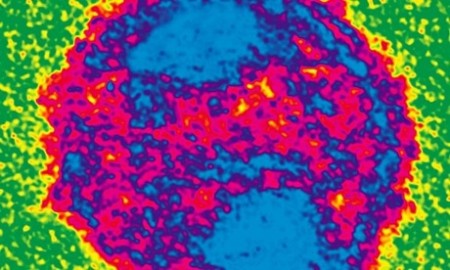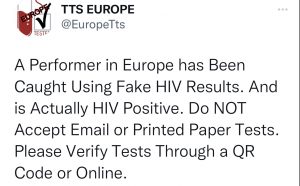About 30% of patients with HIV are diagnosed well after they should have begun treatment, according to the latest Australian data, suggesting early-testing initiatives have not worked.
Despite 88% of the country’s new infections occurring in gay men, unprotected sex in that group continues to be a key driver of infections, making falling HIV testing rates among young gay men a concern.
HIV Patients Being Diagnosed Too Late
There were 1,235 new cases of HIV diagnosed in Australia last year – an increase of 70% since 1999 when diagnoses were at their lowest, figures from the annual HIV surveillance report by the University of NSW Kirby Institute show.
Many of those were not being diagnosed early enough, allowing their immune system to fail and potentially posing a risk to others, the report found.
The best indicator of how long a person has had HIV for is their CD4+ cell count per microlitre, which declines on average by 50%–60% per year in people with HIV. The proportion of late diagnosis cases, defined by a CD4+ cell count of less than 350 cells per microlitre at diagnosis, had not improved in the three years to 2013, the report found. In people without HIV, the count is above 500.
“These data are suggestive of no substantial shift in the disease stage at which people are diagnosed despite recent initiatives to increase HIV testing,” the report said.
Along with condom use, early treatment of infections is considered essential to preventing HIV’s spread. Most of those taking antiretroviral treatments reduce their chance of transmitting the virus to others during unprotected sex by up to 96%.
But in some cases, people were living for several years with HIV without knowing, said Associate Professor David Wilson, head of Kirby’s surveillance and evaluation program for public health.
“It is important to point out that rates of treatment once people are diagnosed is better here than in most other countries in the world, with 60% of people diagnosed with HIV on treatment that restores their immune system,” Wilson said.








[…] The best indicator of how long a person has had HIV for is their CD4+ cell count per microlitre, which declines on average by 50%–60% per year in people with HIV. The proportion of late diagnosis cases, defined by a CD4+ cell count of less than 350 cells per microlitre at diagnosis, had not improved in the three years to 2013, the report found. In people without HIV, the count is above …read more […]